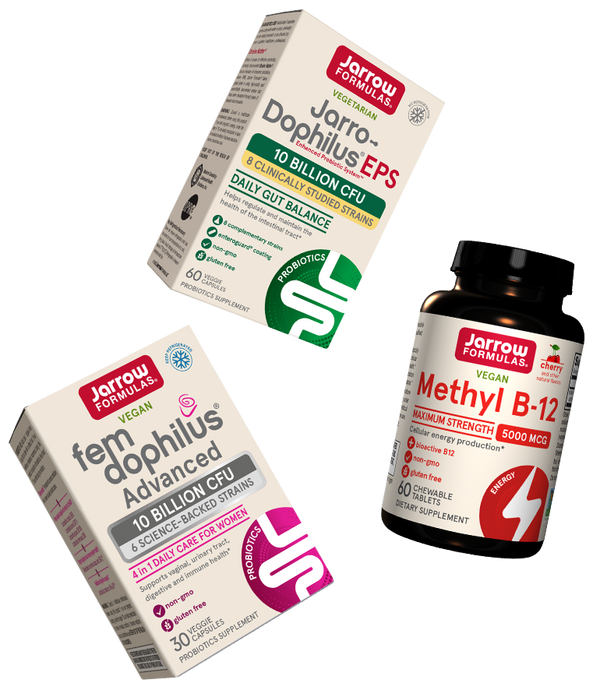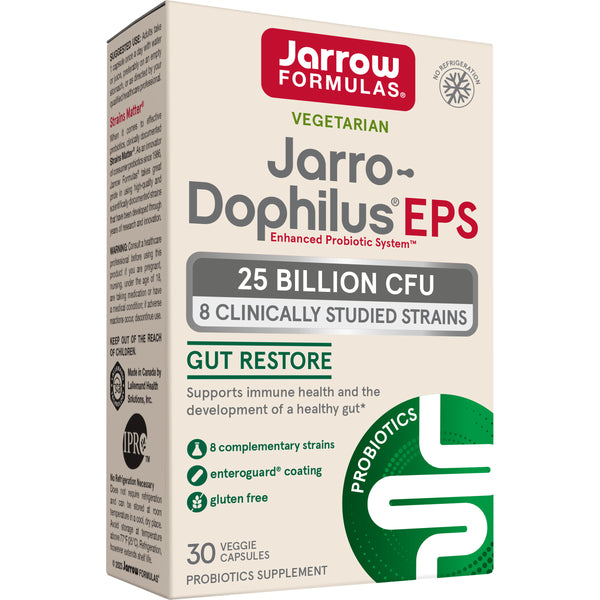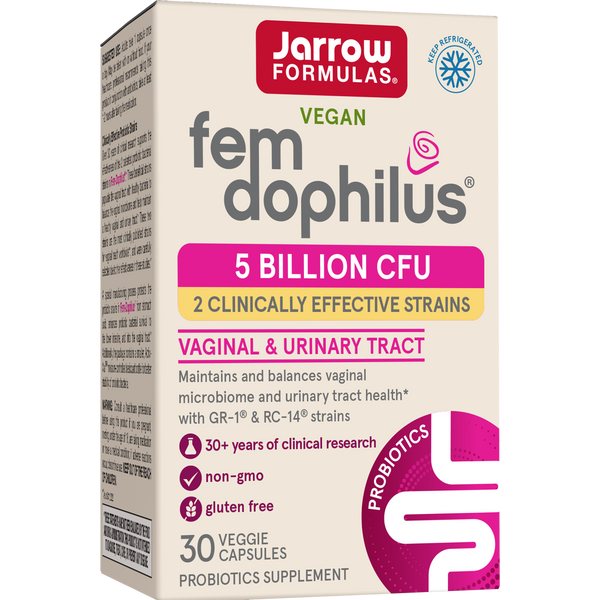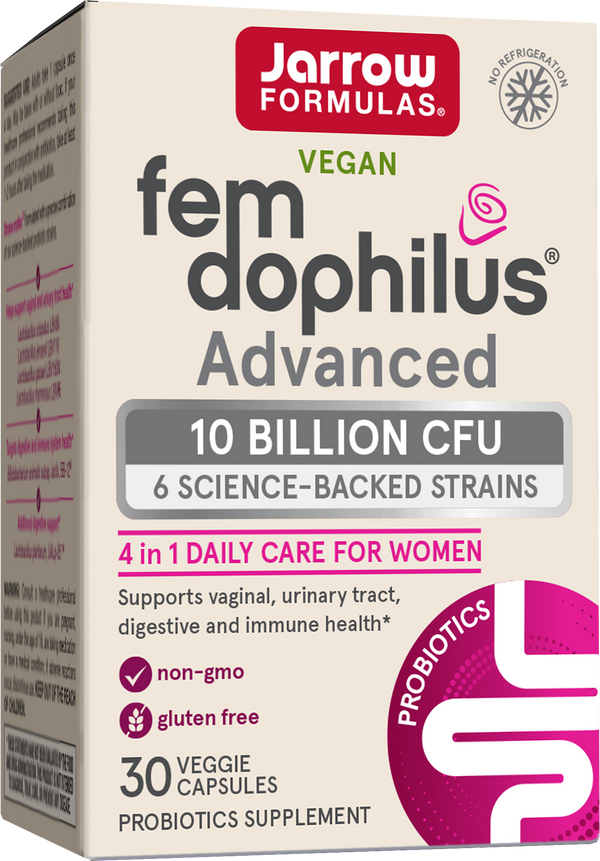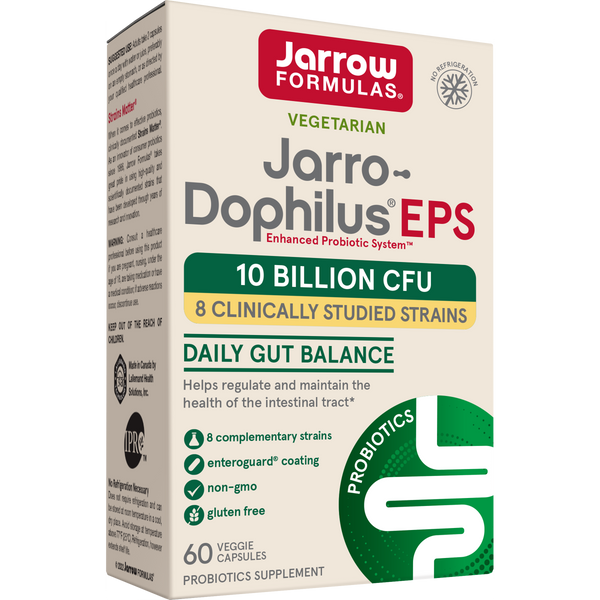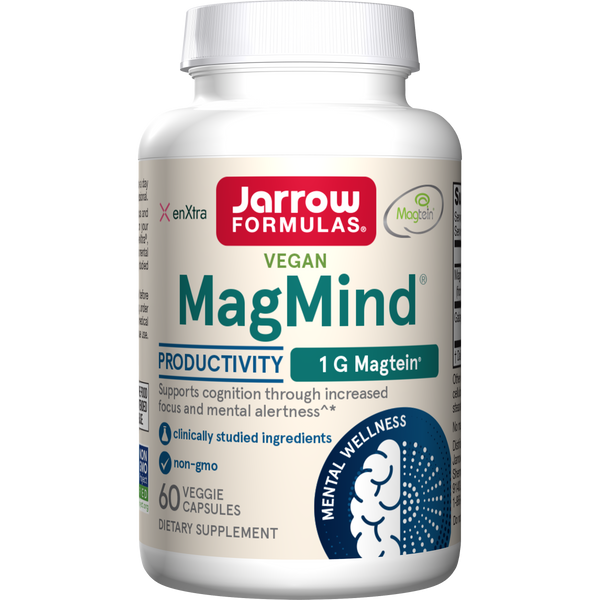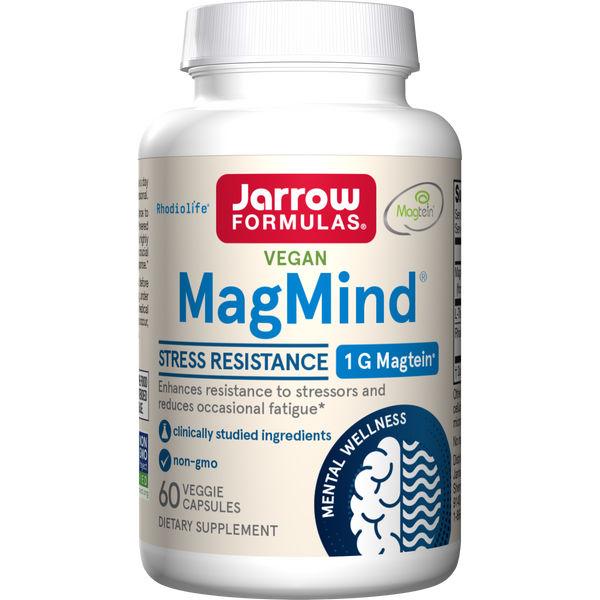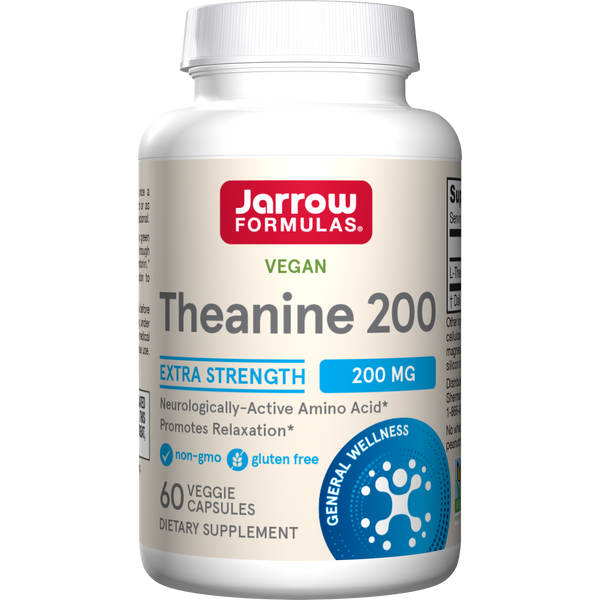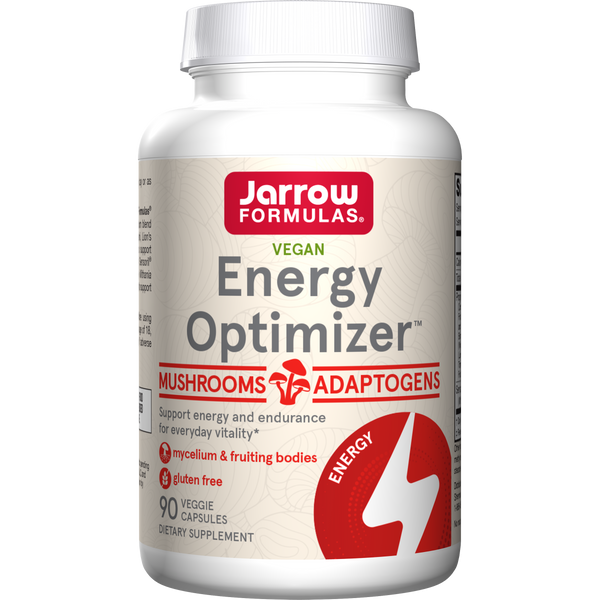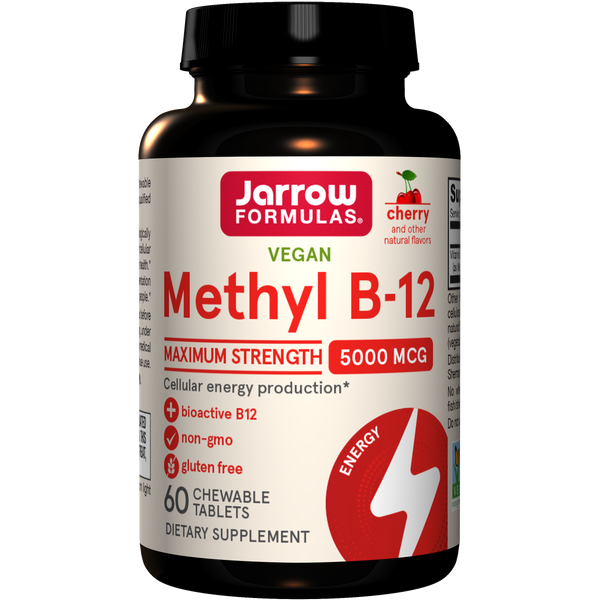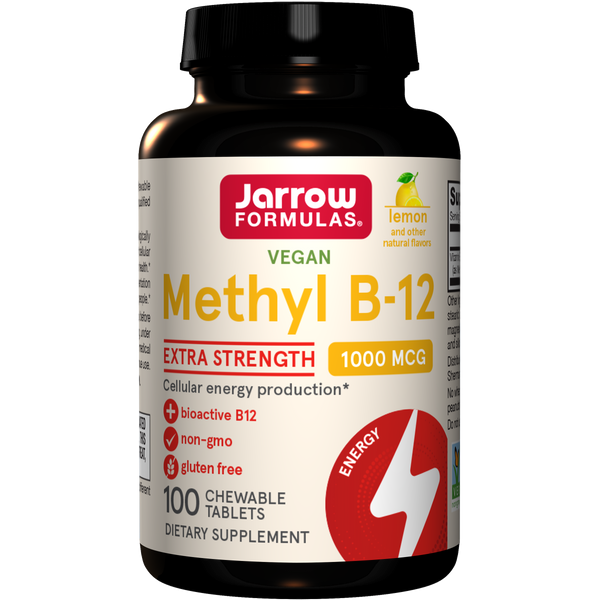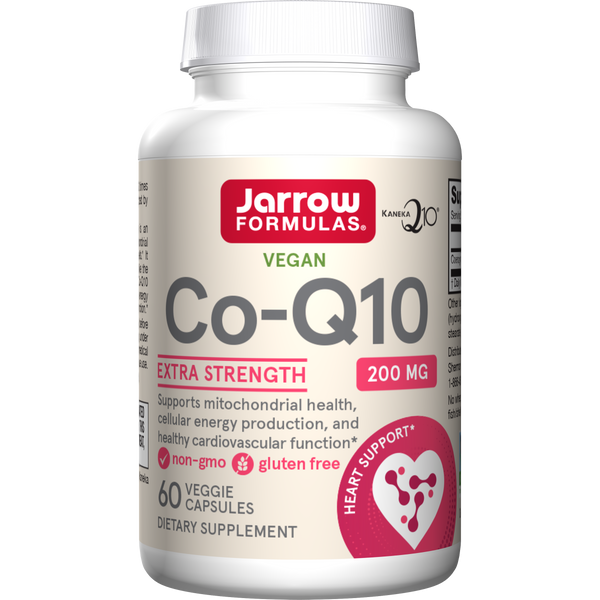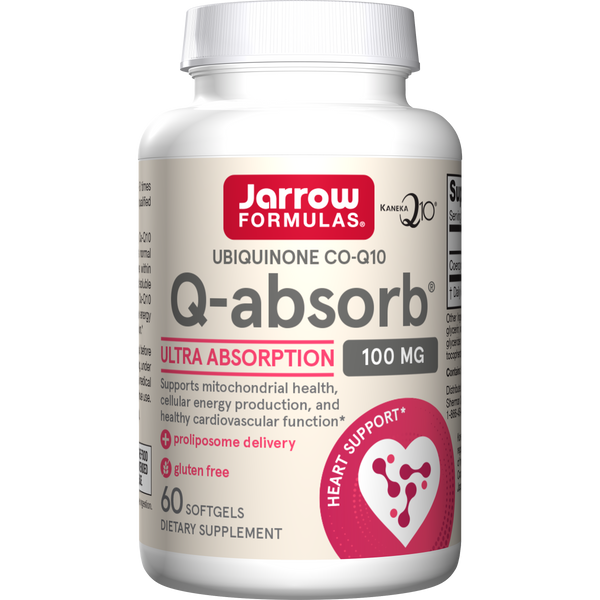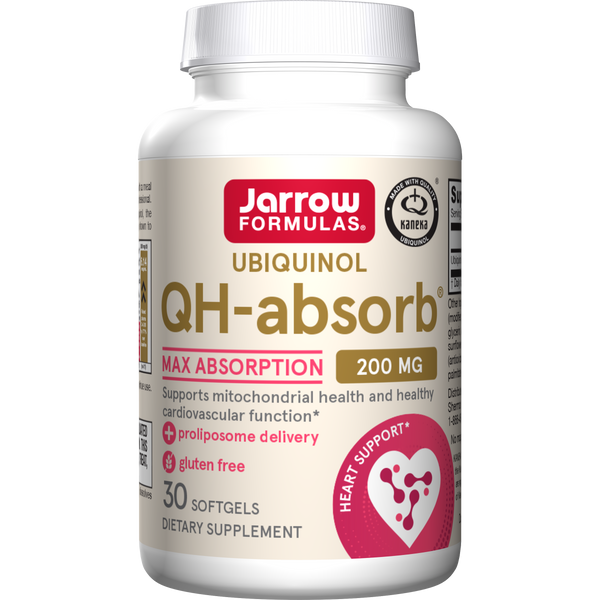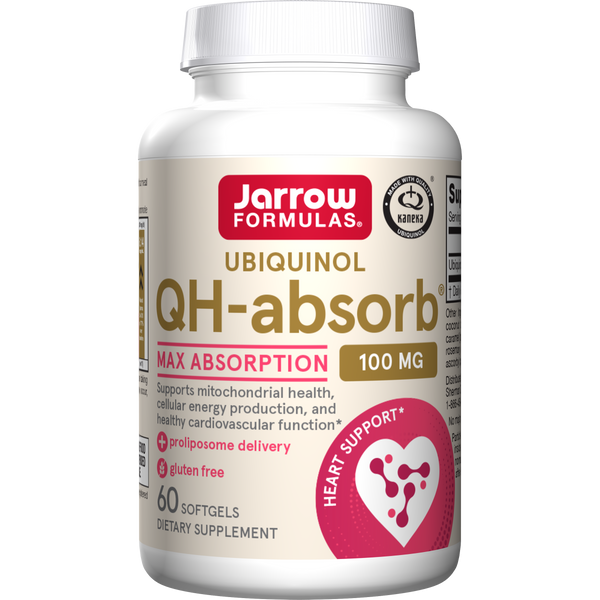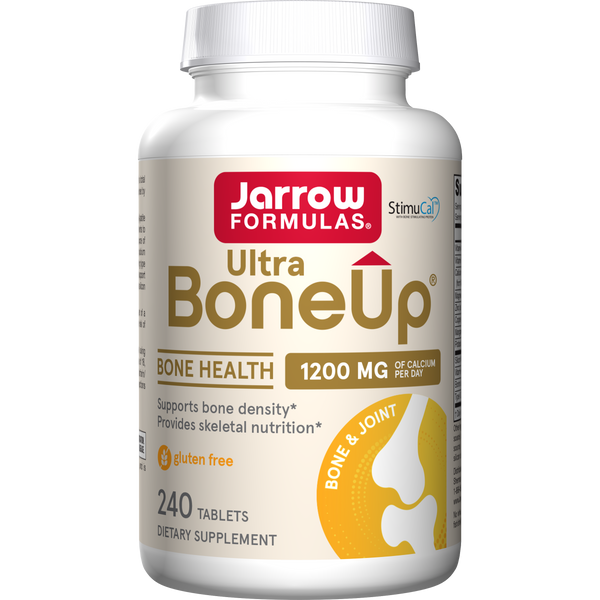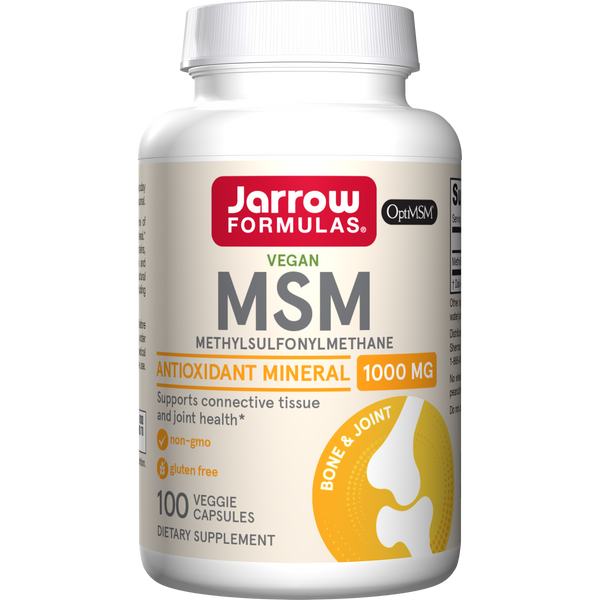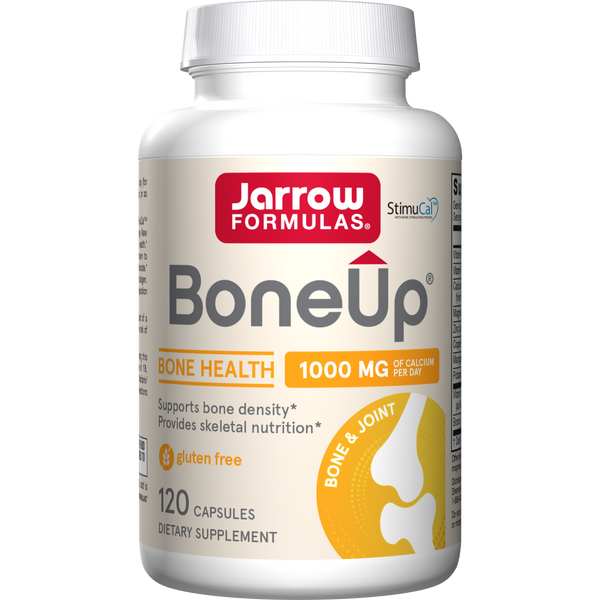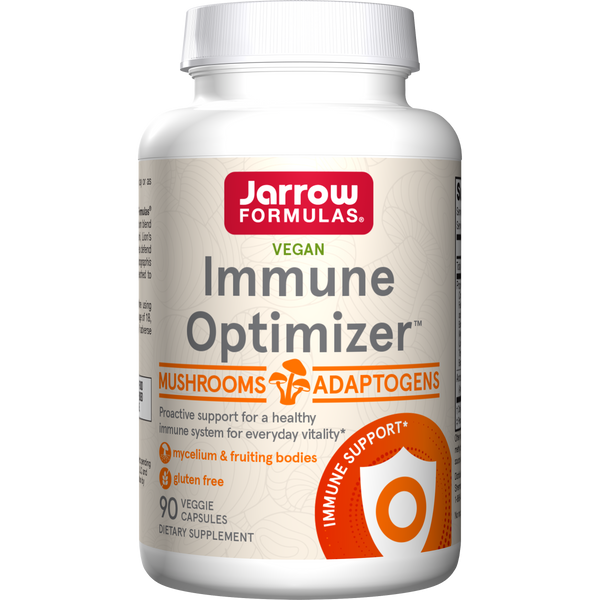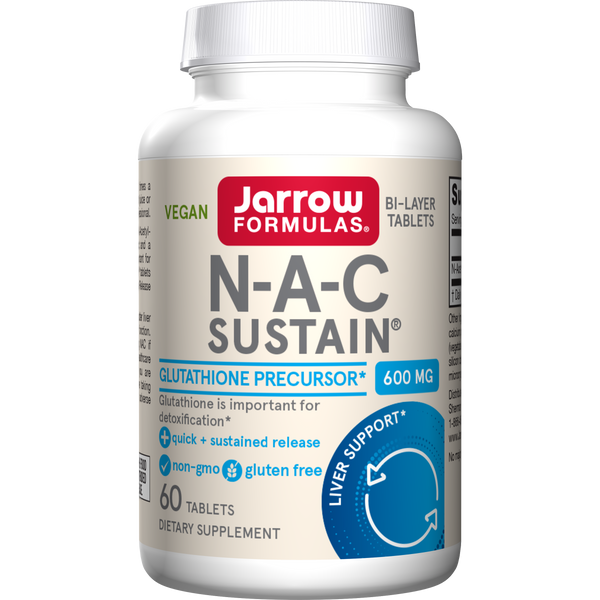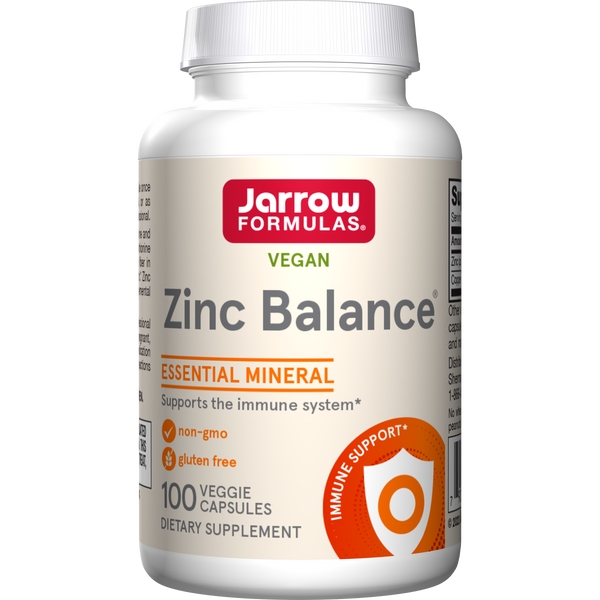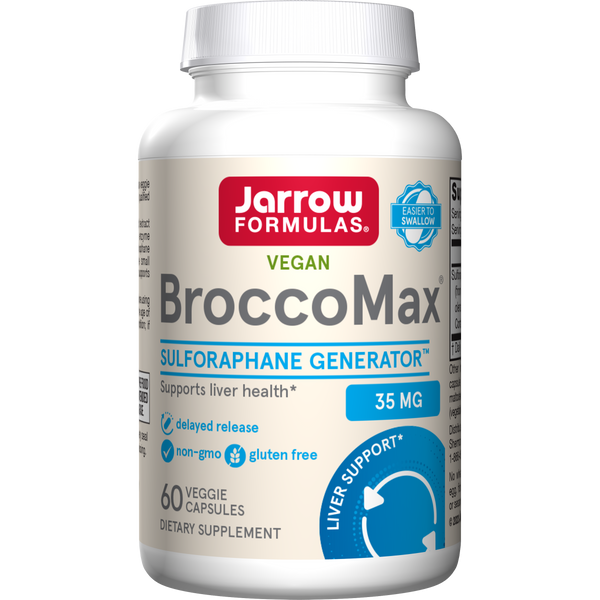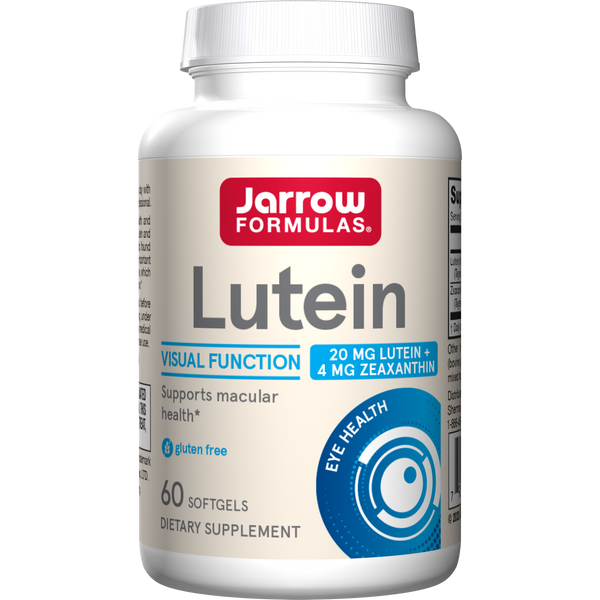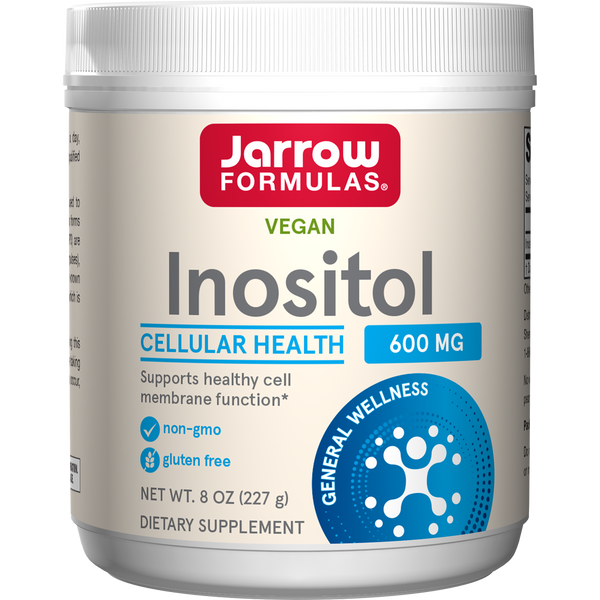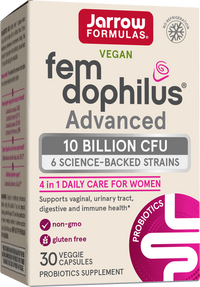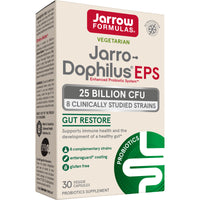Quercetin Reference Guide
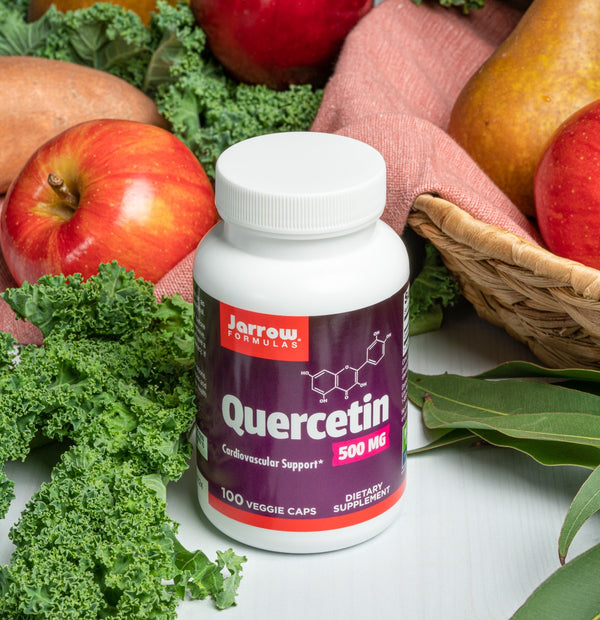
Quercetin Reference Guide
Cardiovascular Support*
Quercetin, a flavonol that is found in many fruits and vegetables, provides dietary antioxidant benefits and cardiovascular support.*
Who Can Benefit From this Product?
Those who may not obtain enough quercetin from their diet due to a shortage of fruit and vegetable intake, may benefit from Jarrow Formulas' quercetin supplement.*
Product Highlights
- 500 mg Quercetin (Aglycone) per Capsule
How Do the Active Ingredients Function in This Product?
A flavonol compound that is found conjugated to sugars in many fruits and vegetables, it exhibits a wide array of activities in the body.
What is Quercetin?
Quercetin is a plant-source flavonol often found attached to sugars in fruits, vegetables, and other botanicals such as onions, shallots, apples, berries, grapes, capers and tea. In plants, quercetin influences the behavior of auxins, or growth regulators, allowing plants to adapt to their environment. Quercetin compounds may also aid in the protection of the plant from UV radiation and contribute to flower pigmentation via fluorescence-induced tautomerism.
Quercetin, in its many forms, has been attributed to a number of health effects in humans. As such, quercetin levels in produce have been used as a relevant metric to demonstrate differences between organically and conventionally grown fruits and vegetables. For example, one study found that organically grown tomatoes averaged 80% higher levels of quercetin than other tomatoes. Such evidence lends support to the idea that fruits and vegetables can vary well beyond what the eye can see.
Quercetin and Human Health
Discussion about quercetin health benefits must start with oxidative status, since that is the rationale often touted for taking quercetin.* In vitro studies indicate that quercetin clearly possesses antioxidant activity and helps protect LDL from oxidation. Yet, in vivo studies have often had mixed results demonstrating antioxidative effects in the body—variation that is likely related to the bioavailability of quercetin in its various forms.
As with most substances that are termed “antioxidants,” one must look at more specific activity to understand the true health benefits of quercetin, as it is often the combined effect of various specific actions that lead to overall benefit. Quercetin, for instance, has been shown to modulate tyrosine kinase, the synthesis of nitric oxide, and the actions of NF-kappa-beta, concerted activity that assuredly has wide-ranging effects on the body that are not yet completely understood.
Nevertheless, epidemiological evidence has long supported an association between an increased dietary intake of flavonoids and cardiovascular protection. For quercetin, many researchers contend that the link involves not only protection against peroxidation of blood lipids but also regulation of monocyte attachment to vascular endothelial cells.* Together, such mechanisms could undergird findings that quercetin promotes healthy blood pressure and other cardiovascular effects.* Interestingly, at least one study has found that quercetin benefits can depend upon genetic variation of apolipoprotein E alleles.
In relation to blood sugar, quercetin modulates the action of aldose reductase. This enzyme is involved in the conversion of blood sugar (glucose) to sorbitol and is excessively active when blood sugar concentrations are high. The accumulation of sorbitol in the nerves of peripheral tissues is associated with poor nerve function. Similarly, sorbitol can accumulate in the lens of the eye. In lens tissue, sorbitol is not metabolized because the degradation enzyme (polyol dehydrogenase) is non-existent. And since lens tissues aren’t serviced by blood-flow, it is very difficult for the lens to rid itself of sorbitol once it accumulates. As a result, sorbitol build-up can lead to poor eye health.
Bioavailability
As mentioned above, the benefits of quercetin in humans may hinge upon its bioavailability. Past data has suggested that quercetin attached to a sugar molecule, especially glucose in the 4-position as is prevalent in onions, supports uptake in the digestive tract. It’s been conjectured that this may be because of increased water-solubility or possibly specific, active transport mechanisms in the intestines.
Other data indicates that ingested quercetin sugar-conjugates are first cleaved to form quercetin aglycone before absorption and that the aglycone may be more bioavailable than sugar-conjugates. From a passive diffusion standpoint, the second idea appears reasonable, since the aglycone is more lipophilic and should more readily pass into intestinal enterocytes. This is perhaps one reason why it has been found that quercetin in oil is more bioavailable than in water.
Jarrow Formulas’ Quercetin® contains quercetin (aglycone) a flavonol that is an effective antioxidant, providing cardiovascular support by protecting LDL from oxidation.* Quercetin is one half of the rutin molecule, another flavonol, and is the more active antioxidant.
